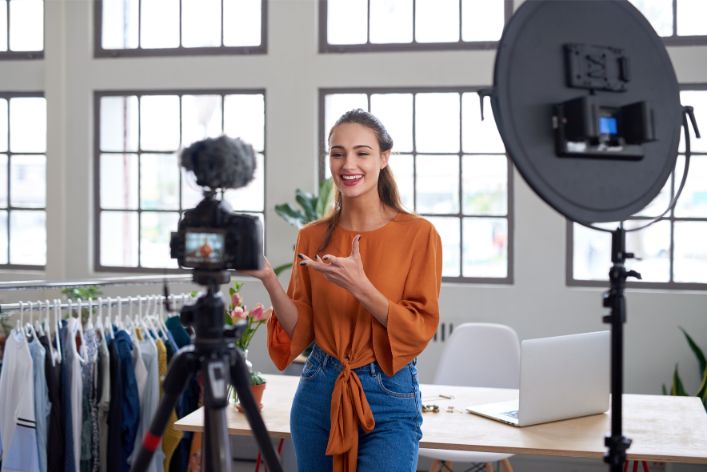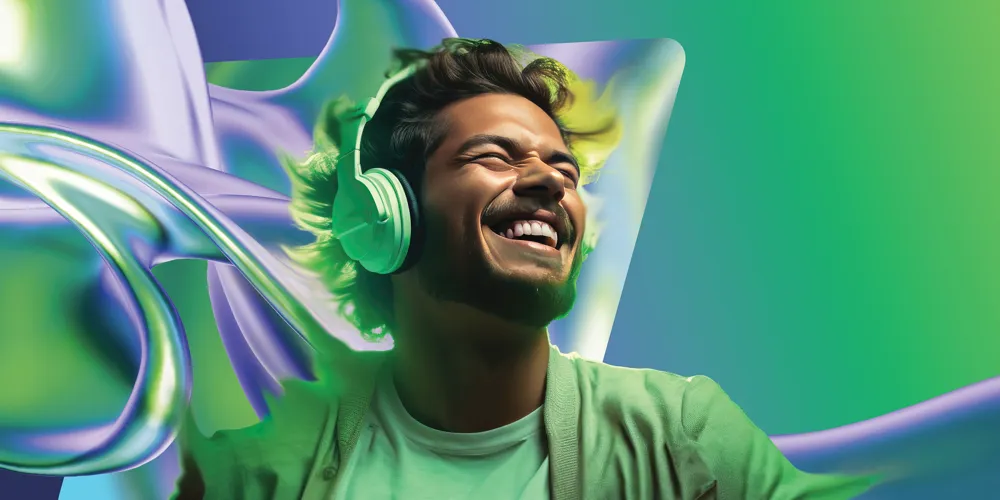Social media has revolutionized the way we consume, engage with, and participate in pop culture. Platforms like Instagram, TikTok, Twitter, and YouTube are no longer just avenues for communication; they are now cultural hotspots that shape tastes, trends, and public opinion at lightning speed. Through their ability to make content instantly accessible, social media platforms have created a new dynamic in the entertainment landscape, with influencers, viral trends, and user-generated content at the forefront of this evolution. Here’s a closer look at how social media is reshaping pop culture today.
1. The Rise of Influencers and “Micro-Celebrities”
One of the most significant ways social media is influencing pop culture is by creating new kinds of celebrities. Unlike traditional celebrities who rose to fame through movies, music, or sports, social media influencers gain popularity by sharing their lives, opinions, and skills directly with their audience. Platforms like Instagram and TikTok have transformed everyday individuals into powerful figures who can sway opinions, launch trends, and even rival the influence of Hollywood stars. These “micro-celebrities” often have niche audiences that trust them more than traditional stars because of their perceived authenticity.
Influencers have also blurred the lines between advertising and entertainment. They collaborate with brands, create sponsored content, and directly engage with their followers, leading to a more interactive form of marketing. This trend has shifted the focus of pop culture from mass appeal to more individualized, interest-based communities, where influencers can specialize in beauty, fitness, gaming, or other areas and still build a significant fanbase. In a way, social media has democratized celebrity status, allowing anyone with a phone and an internet connection to potentially become a pop culture icon.
2. Viral Trends and the Speed of Culture
Social media has accelerated the speed at which trends emerge and disappear. Memes, challenges, dances, and catchphrases can go viral in hours, spreading worldwide and reaching millions of users almost instantly. TikTok, in particular, has become a trend incubator, with its algorithm pushing popular content into users’ feeds, which in turn amplifies these trends. This process creates an unprecedented level of engagement, with people across the globe joining in on trends and contributing to the ongoing evolution of pop culture.
For example, the “Renegade” dance or the “Ice Bucket Challenge” went viral not only because of the fun, engaging content but also due to the participation of millions of users. Celebrities and influencers also jump on these trends, which adds another layer of visibility and often prolongs the trend’s lifespan. However, the fleeting nature of these trends has also led to a kind of cultural overload, where people quickly move on from one viral sensation to the next, sometimes without ever fully engaging with it.
3. Empowerment of Consumer Voices
Social media has empowered the average consumer to play an active role in shaping pop culture. Through likes, shares, comments, and retweets, audiences now have a direct line to brands, celebrities, and creators, allowing them to influence what becomes popular or fades into obscurity. This shift has had a democratizing effect on pop culture, giving fans a sense of agency over what they want to see, hear, and support.
Twitter, for instance, has become a platform where fans can advocate for their favorite movies, shows, or artists. “Fan armies,” like the BTS ARMY or Swifties, have mobilized to boost sales, increase viewership, or demand representation. These collective movements have even influenced major decisions, from casting choices to the revival of canceled shows. In this way, social media has turned pop culture into a collaborative space, where fans are no longer passive consumers but active participants in the cultural conversation.
4. Blurring of Cultural and Geographic Boundaries
Social media has enabled cultures from around the world to interact and influence each other in real time. As content flows across borders, it introduces users to new languages, styles, and forms of entertainment. The popularity of K-pop, anime, and Bollywood is a prime example of how social media has globalized pop culture. Platforms like YouTube and Instagram allow fans worldwide to discover and engage with content they might not have been exposed to otherwise.
This cross-cultural exchange has enriched pop culture by broadening its scope and appeal. It’s also created a more inclusive entertainment landscape, where diverse voices and stories are more readily accessible. As a result, pop culture today is more eclectic and diverse than ever, often drawing on influences from multiple cultures to create new and unique forms of entertainment.
5. The Influence of User-Generated Content
Social media has given rise to a new form of entertainment: user-generated content. Platforms like YouTube, TikTok, and Instagram allow users to produce and share their own videos, images, and stories, which has transformed consumers into creators. This has empowered individuals to showcase their creativity and reach massive audiences without needing traditional media channels.
User-generated content has become a critical component of pop culture because it’s authentic, relatable, and often humorous. Trends such as challenges, reaction videos, and memes allow users to create their interpretations, adding layers to the original content and making it even more engaging. This shift toward participatory culture has changed how pop culture is consumed, as people now feel more connected to the content and creators they follow.
6. The Shift in Content Consumption Habits
Social media has also altered the way people consume pop culture. Instead of waiting for traditional media to publish or broadcast content, people now expect constant, on-demand access to new material. This shift has led to shorter attention spans and a preference for bite-sized content, as seen on TikTok and Instagram Reels. Additionally, streaming services have adapted by providing immediate access to entire seasons of shows or allowing for shorter episodes, which cater to the binge-watching habits that social media has helped cultivate.
Conclusion
Social media’s influence on pop culture is vast and multifaceted. By empowering influencers, amplifying consumer voices, and facilitating global interactions, it has democratized the cultural landscape. Trends now emerge and evolve faster than ever, fueled by user-generated content and globalized tastes. As social media continues to grow, its impact on pop culture will likely deepen, reflecting and shaping society in real time. In this age of instant connectivity, pop culture is no longer a one-way street but a shared space where creators and consumers engage in an ongoing, interactive dialogue.

